Table of Content
India’s rich royal past is woven into the architectural marvels spread across the country, reflecting the grandeur of the Maharajas, Sultans, and Rajas who once ruled these lands. These palaces stand as symbols of India’s cultural heritage, blending intricate architecture with stories of legacy. Let’s dive into some of the best royal palaces in India, where history and luxury come alive.
1) City Palace, Udaipur
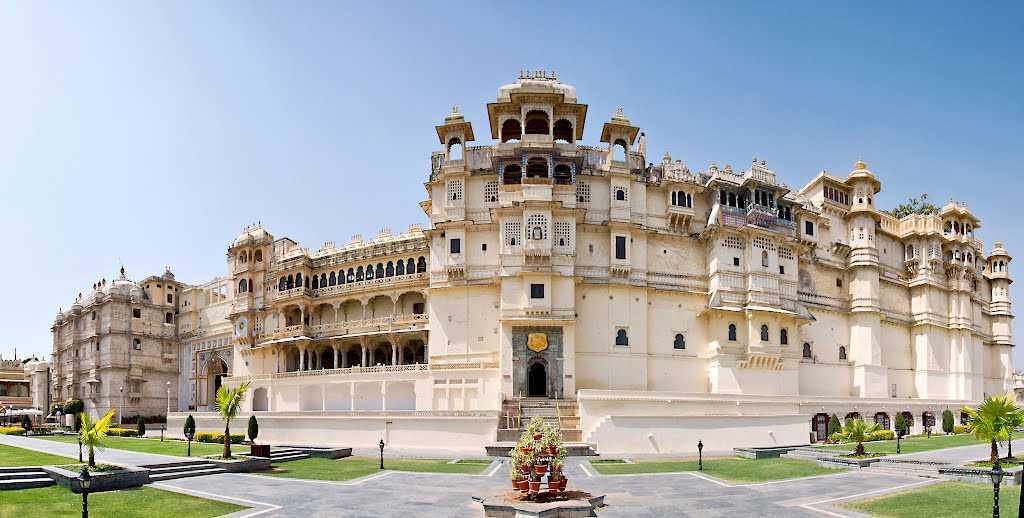
Overview: Overlooking Lake Pichola, the City Palace in Udaipur is a grand complex showcasing the splendor of Rajasthan’s royalty. Initiated by Maharana Udai Singh II in 1553, the palace grew over four centuries, with successive Mewar rulers contributing to its development. It is the largest palace complex in Rajasthan, merging Rajput and Mughal architectural influences.
Architectural Highlights:
- The Zenana Mahal (Queen’s quarters) features intricate frescoes and mirror work.
- Mor Chowk (Peacock Courtyard) is adorned with elaborate mosaics of peacocks, symbolizing beauty and prosperity.
- Crystal Gallery holds a stunning collection of crystal furniture and artifacts imported from England.
Visitor Information: The palace is open daily from 9:30 am to 5:30 pm. Entry fees are INR 300 for adults and INR 100 for children, with an additional fee for camera usage. Visitors can enjoy guided tours, which provide valuable insights into the palace's history and architecture.
2) Samode Palace, Jaipur

Overview: Nestled in the Aravalli hills near Jaipur, the 16th-century Samode Palace is a testament to Rajasthan’s royal grandeur. Built by the rulers of Amber, it combines Rajput and Mughal architectural elements, giving it a fairytale charm.
Architectural Highlights:
- The Sheesh Mahal (Hall of Mirrors) is decorated with intricate mirror and mural work that glitters in sunlight.
- Darbar Hall is known for its stunning frescoes and murals, showcasing vibrant Rajasthani art.
Modern Use: Now part of the Heritage Group of Hotels, Samode Palace offers luxury accommodations, allowing guests to experience royal hospitality. With elegant suites, a grand courtyard, and serene gardens, it has become a favorite destination for weddings and high-end events.
Visitor Information: The palace is located 42 km from Jaipur. A day visit to the palace costs INR 1,000, but guests staying overnight can enjoy exclusive access to amenities, including the infinity pool and fine dining options.
3) Mysore Palace, Mysore
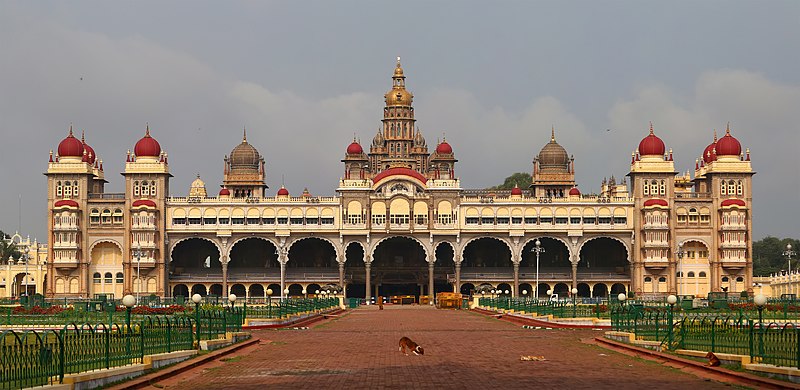
Overview: Mysore Palace, also known as the Amba Vilas Palace, is one of the most iconic landmarks in South India. Built by the Wadiyar dynasty, it reflects an Indo-Saracenic architectural style that incorporates Hindu, Mughal, and Gothic influences.
Architectural Highlights:
- The palace's Durbar Hall boasts stained glass ceilings and intricately carved doors.
- Its illuminations are a sight to behold, with over 97,000 lights illuminating the palace every Sunday and on special occasions.
Visitor Information: Mysore Palace is open daily from 10:00 am to 5:30 pm, with an entry fee of INR 70 for adults and INR 30 for children. The evening illumination adds a magical touch, with a sound and light show narrating the history of Mysore’s royal family.
4) Bangalore Palace
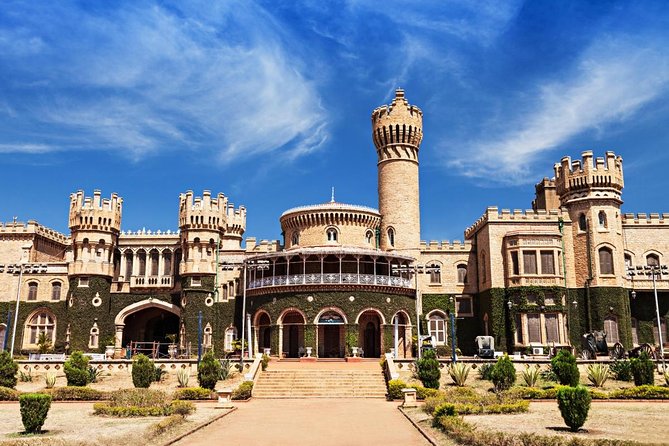
Overview: Built in the Tudor Revival style in 1878, Bangalore Palace is a royal residence reminiscent of England’s Windsor Castle. Commissioned by Maharaja Chamarajendra Wadiyar, the palace served as a training residence for young Wadiyar princes.
Architectural Highlights:
- The palace features wooden interiors, rich with floral motifs, stained glass windows, and Victorian-style furniture.
- A grand ballroom and Darbar Hall exude European elegance.
Visitor Information: Bangalore Palace is open from 10:00 am to 5:30 pm, with an entry fee of INR 230 for Indian tourists and INR 460 for foreign tourists. Photography fees are additional. The palace also houses an art gallery displaying hundreds of paintings by renowned Indian artists.
5) Devi Garh, Udaipur
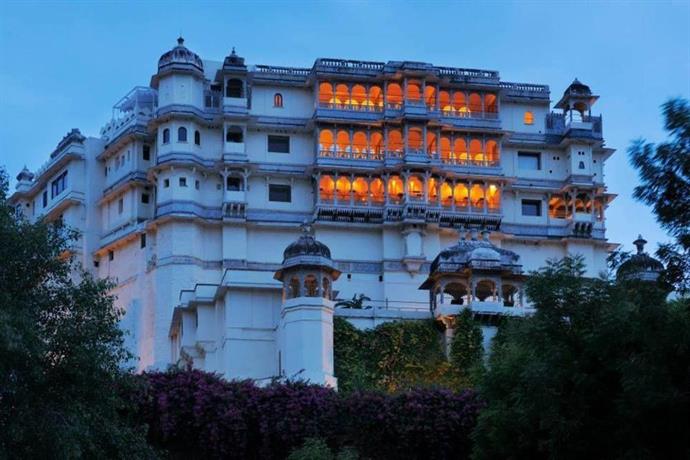
Overview: Located in the Delwara village near Udaipur, Devi Garh Palace was once the royal residence of the Delwara kings. This 18th-century palace has been restored and converted into a luxury hotel under the Walled City Hotels Group.
Architectural Highlights:
- The palace is famous for its marble work, with grand suites and a black-marbled swimming pool.
- Artistic touches throughout include detailed stone carvings, intricate jalis (latticework), and modern minimalist decor that complements the historical design.
Visitor Information: This luxurious hotel offers packages starting at INR 25,000 per night, including curated royal experiences, spa services, and gourmet dining. Devi Garh is popular for destination weddings and attracts high-profile guests from around the world.
6) Rambagh Palace, Jaipur
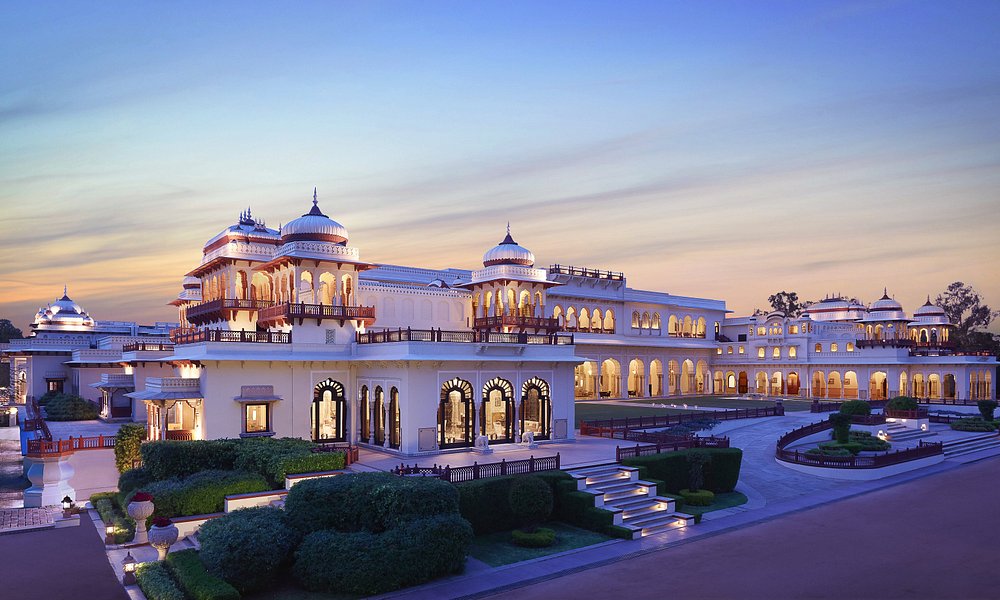
Overview: Known as the “Jewel of Jaipur,” Rambagh Palace was the former residence of Jaipur’s Maharaja Sawai Man Singh II. Now operated by the Taj Group, this palace-turned-hotel captures the elegance of a bygone era.
Architectural Highlights:
- The palace has regal corridors, lush gardens, and elaborate Rajasthani jharokhas (overhanging enclosed balconies).
- The palace exudes an unmatched opulence with its Mughal-style gardens, luxurious suites, and fine-dining experiences.
Visitor Information: For non-staying guests, high tea and palace tours are available. Overnight stay rates start from INR 50,000, providing a royal experience with access to all amenities and spa services.
7) Lake Palace, Udaipur
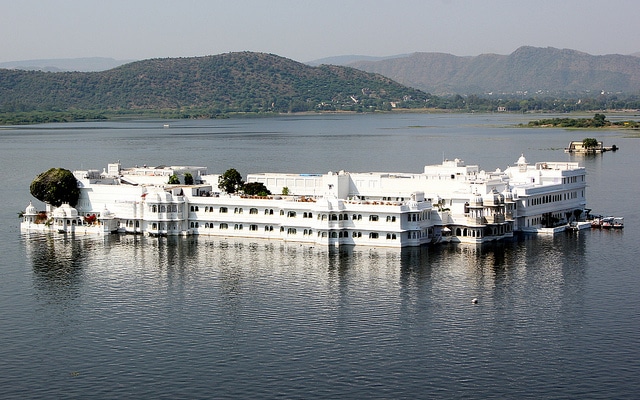
Overview: Floating on Lake Pichola, Lake Palace, also known as Jag Niwas, was built in 1746 by Maharana Jagat Singh II. The palace, crafted from white marble, served as the summer retreat for the Mewar dynasty.
Architectural Highlights:
- The palace’s lake setting gives it a unique charm, with panoramic views of Udaipur’s skyline.
- Exquisite marble corridors, pillared terraces, and beautiful courtyards embody a regal elegance.
Visitor Information: The Taj Group now manages Lake Palace as a luxury hotel, accessible by boat. Day tours are available for INR 3,000, while accommodation for guests starts from INR 40,000, offering exclusive access to this lakeside haven.
8) Jai Vilas Palace, Gwalior
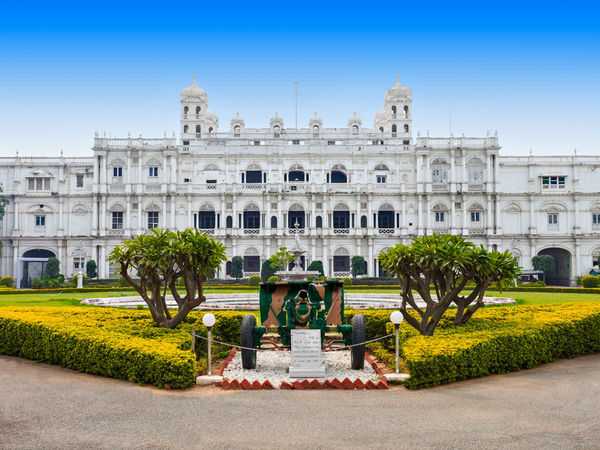
Overview: Built in the 19th century by the Maratha Scindia dynasty, Jai Vilas Palace in Gwalior combines Italo-Doric, Tuscan, and Corinthian architectural styles, showcasing European grandeur in central India.
Architectural Highlights:
- The Durbar Hall features two enormous chandeliers, each weighing several tons, which are said to have been hung only after testing the ceiling’s strength with elephants.
- The palace also houses a museum showcasing royal artifacts, vintage automobiles, and ancient manuscripts.
Visitor Information: Open daily, with an entry fee of INR 200 for adults and INR 100 for children. The museum and palace tours offer a glimpse into the lifestyle of the Scindia royal family, making it a must-visit.
9) Jal Mahal, Jaipur
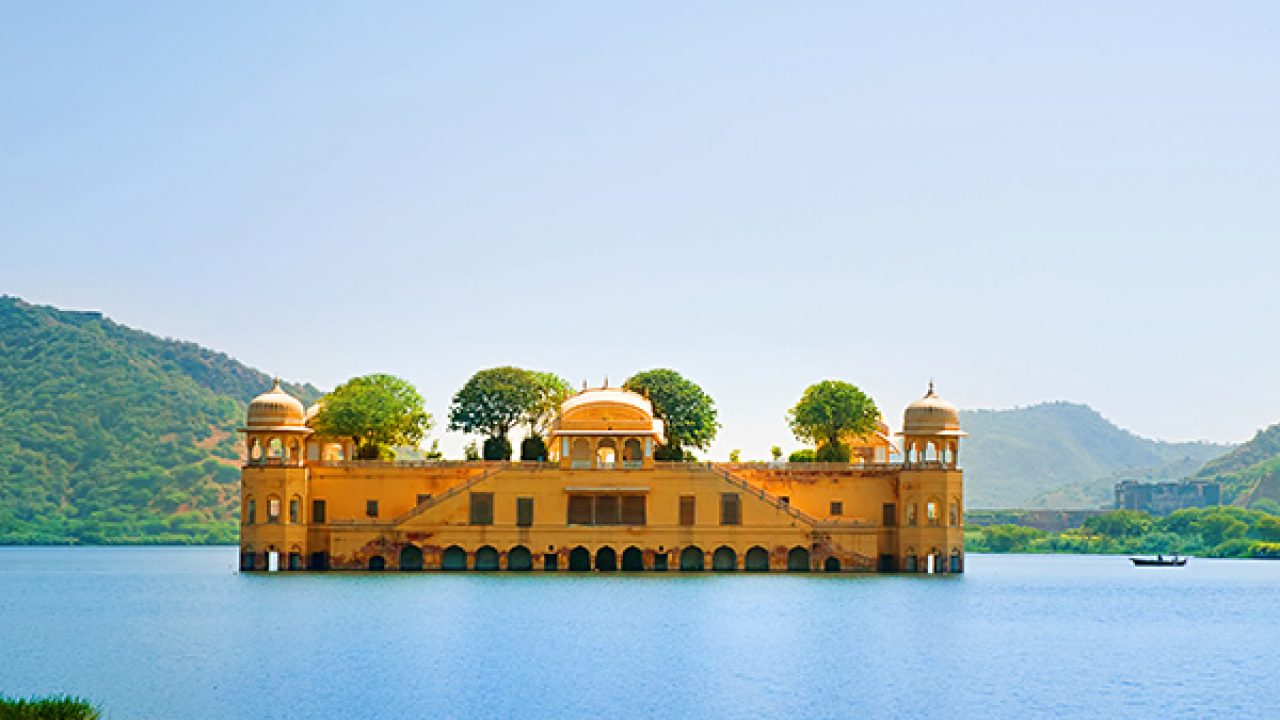
Overview: Situated in the middle of Man Sagar Lake, Jal Mahal, or the Water Palace, is a Rajput-style palace renowned for its unique setting and underwater architecture. Built in 1699, it was originally a pleasure palace for Jaipur’s royals.
Architectural Highlights:
- The palace appears to float on the lake, with only the upper story visible while the lower floors remain submerged.
- An ornate rooftop garden offers views of Jaipur’s Aravalli hills and lake scenery.
Visitor Information: While entry to Jal Mahal is restricted, boat rides around the palace are available, offering a unique perspective on this stunning structure.
10) Hawa Mahal, Jaipur
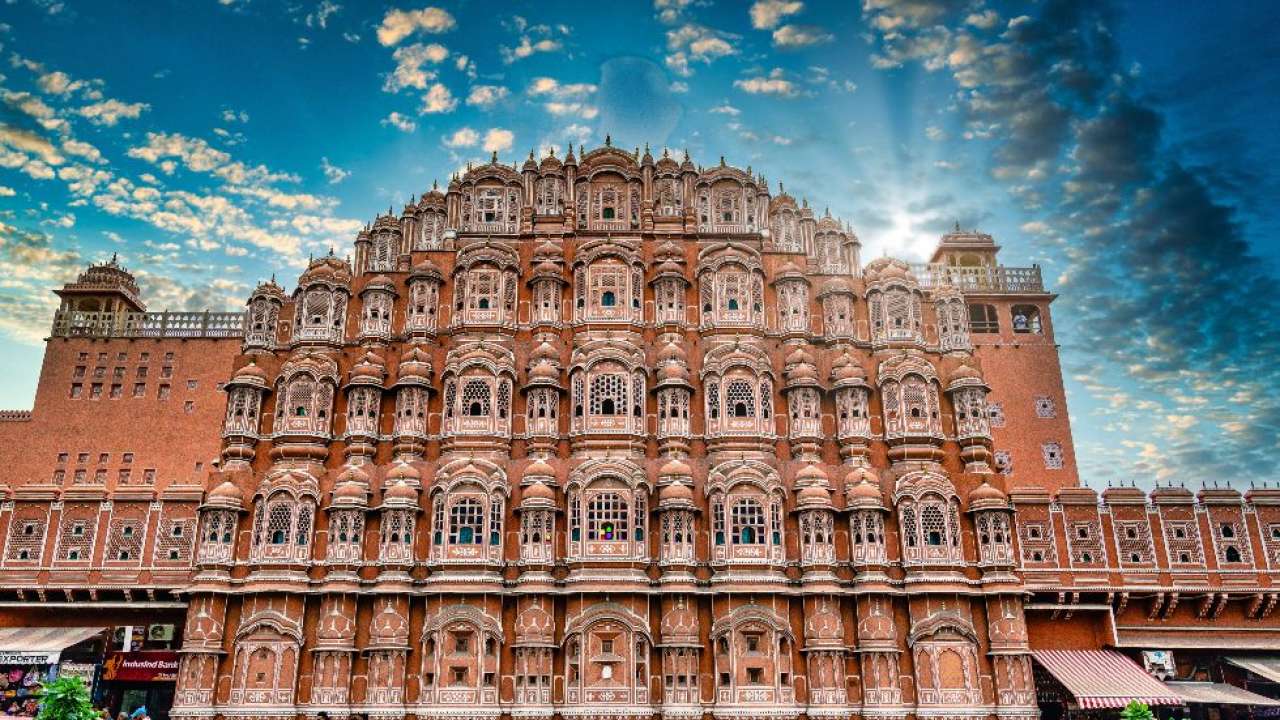
Overview: Hawa Mahal, or the “Palace of Winds,” was built by Maharaja Sawai Pratap Singh in 1799. This iconic pink sandstone structure was designed for royal women to observe street festivals without being seen.
Architectural Highlights:
- It features 953 jharokhas (windows) that allow cool breezes to flow, hence its name.
- Designed by Lal Chand Ustad, the palace is a prime example of Rajput architecture.
Visitor Information: Hawa Mahal is open from 9:00 am to 4:30 pm, with an entry fee of INR 50 for Indians and INR 200 for foreigners.
These palaces are not only architectural wonders but living testimonies to India's vibrant history and culture. Visiting them offers a glimpse into the lives of India’s past royalty while showcasing the artistry that has made these landmarks iconic around the world.
Also Read: Saif & Kareena's Rs 800 crore Pataudi Palace

_1700472931.webp)
_1698311251.webp)
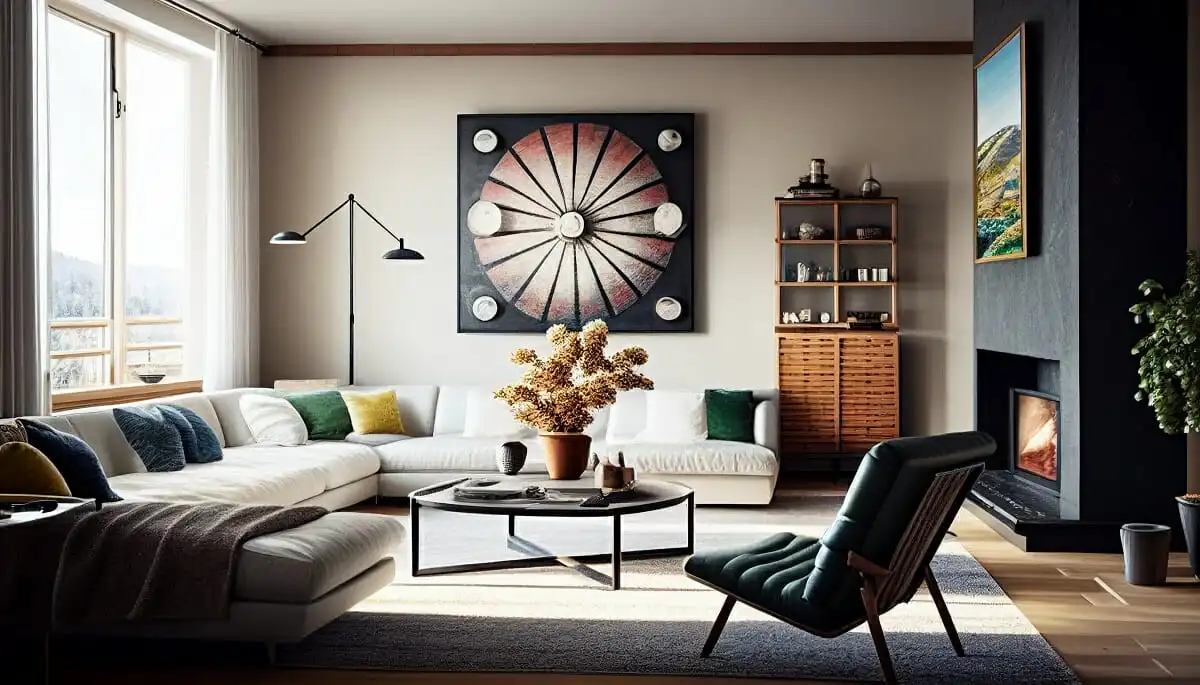


_1767769068.webp)




